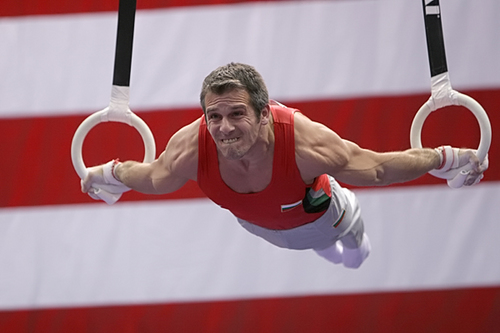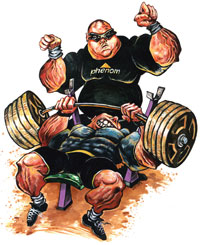
Shoulder pain can range from nagging to debilitating depending on the problem and severity. Generally, in the under 40 crowd shoulder problems usuually consist of impingement and instability. Impingement occurs when the “ball” of the ball and socket joint “rides” up during shoulder movement and pinches the rotator cuff and bursae. This can result from trauma or fatigue from repetitive movement. Instability is from a laxity in the capsule (fibrous tissue. Like the wrapper of a lollipop) that holds the ball and socket joint together. This can occur from repetitive motion or trauma. Some people are born with more laxity in their joints that predisposes them to these typess of problems. These are the people that are “double jointed.” They don’t actually have 2 joints they are just very flexible in their joint tissue. This can range from mild to severe. This creates “extra” movement in the joint that can irritate the tissue, rotator cuff and/or injure the cartilage of the socket (the labrum). The over 40 crowd usually suffers from rotator cuff tears, although they can also have impingement and tendonitis. Aging of tissue and the longevity of activity makes the older individual more prone to rotator cuff tears. This can happen through gradual wear and tear leading to the cuff tear or from trauma such as a fall or heavy pulling movement.
Many factors can lead to shoulder problems and multiple steps can be taken to prevent or at least reduce your risk of shoulder injury. Posture is a big problem for many people. The rounded shoulders compromise the shoulder joint space and contribute to muscle imbalance and impingement. Tight hip flexors can also contribute to shoulder pain. The tightness in the hip flexor can “pull” the pelvis forward which can pull the shoulders forward leading to pec tightness which further pulls the shoulder forward. Taken further this shortens the abdominal muscles (shutting them off) and contributes to an unstable back. When looking at movement through a functional eye you would see that overhead activity requires extension and rotation through the spine and the same side hip. So for example, if your hip flexor is tight and/or your shoulders or upper back was rounded and you were trying to change a light bulb, even if your shoulder motion was normal, your ability to work overhead would be limited and your chances of developing shoulder pain would be high. The moral of the story is that it is all connected and that to successfully correct shoulder problems you must try to find and address the cause. This requires understanding the functional relationships of the body. Many times easier said than done.
In general, make sure your exercise programs are balanced and you are not just working the “mirror muscles,” stretch your hip flexors, watch your posture especially when sitting, drink plenty of water (most of your tissue is water) and eat a balanced, nutritious diet (give your body the nutrients it needs to be healthy and support the growth and repair processes).
Get Strong! Stay Strong!
Chris



